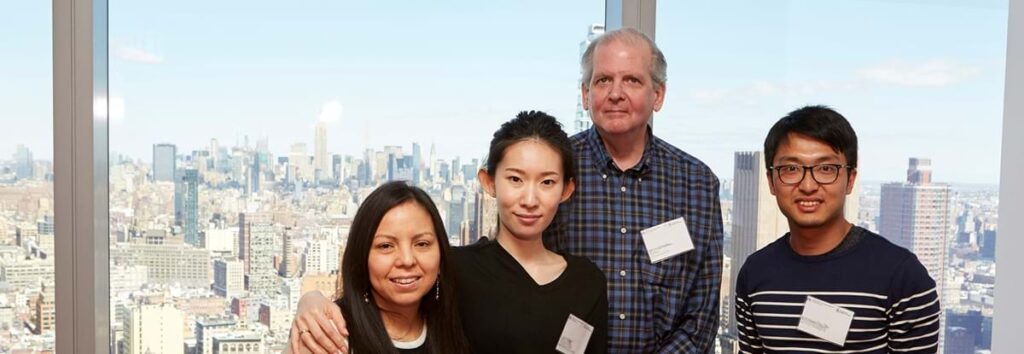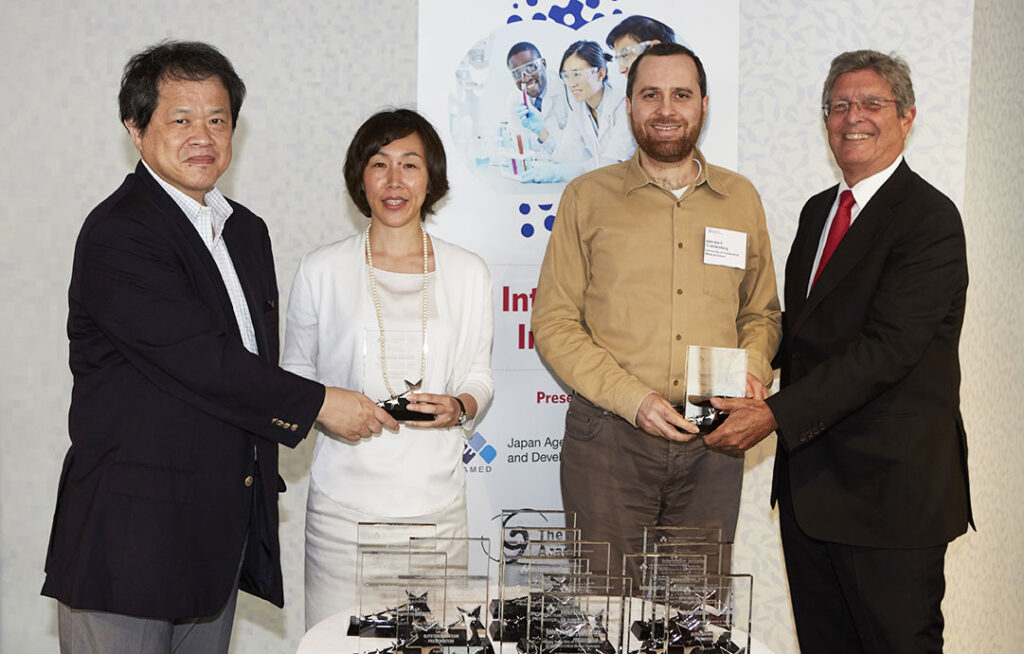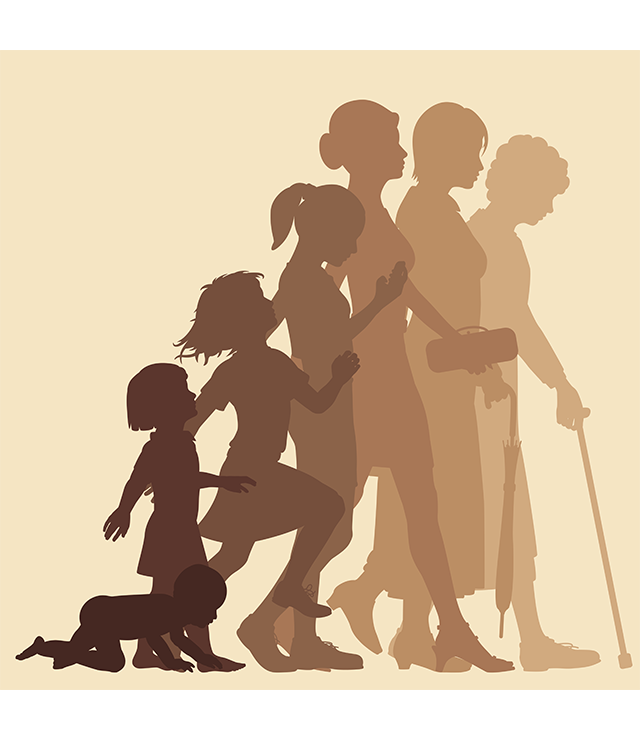
Researchers explore the physiological mechanisms of aging with the ultimate goal of improving healthspan.
Published March 11, 2020
By Hallie Kapner, Academy Contributor
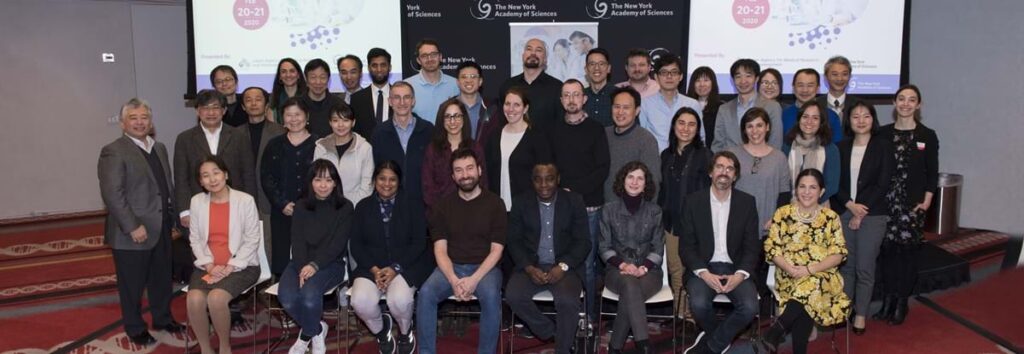
When mechanical engineer Carlotta Mummolo, neurobiologist Eleni Gourgou, and neuroscientist Teppei Matsui were teamed up in the Interstellar Initiative — an international mentorship program for early-career investigators — their first task was finding common ground.
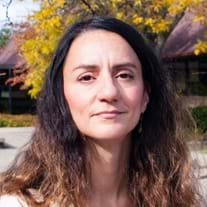
University of Michigan
“We have such diverse backgrounds that I initially joked we were speaking different languages,” Mummolo said. “Overcoming that challenge was fun and exciting, and with the help of our mentors, we found a research direction that unites our expertise.”
Presented by the Academy and The Japan Agency for Medical Research and Development, the Interstellar Initiative recently concluded the second of two workshops for this year’s participants.
Organized around the theme of Healthy Longevity, the workshops challenged researchers to develop a plan for exploring the physiological mechanisms of aging, with the ultimate goal of using their findings to improve healthspan, or the time during which a person is healthy.
We spoke with the winning team about their forthcoming grant proposal, the importance of international collaboration, and their advice for young scientists.
Describe the area of research your team is pursuing.
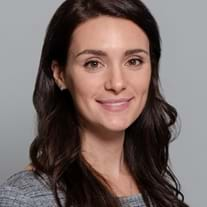
New Jersey Institute of Technology
Teppei Matsui, PhD, University of Tokyo: We chose to focus on age-dependent changes in the relationship between motor behavior and cognitive behavior.
Eleni Gourgou, PhD, University of Michigan: Carlotta is an engineer and roboticist whose work mostly focuses on humans, Teppei is an expert in brain imaging in rodents, and I study neurobiology using roundworms as a model system. These organisms are very different when it comes to the complexity of the nervous system, behavior, and how they experience aging. We looked at the questions we’re addressing in our own research, then tried to find a common thread that allows us to use three different organisms as three different approaches to address the same target. That thread turned out to be locomotion and cognition.
TM: By bringing this problem to the abstract level— motor behavior versus cognitive behavior as a function of age—we can study different animals within the same framework.
Carlotta Mummolo, PhD, New Jersey Institute of Technology: This is the novelty of our project, because assessments of motor and cognitive performance are usually done separately. But we wanted to integrate them and look for a methodology that translates across species.
EG: The final research proposal is still taking shape. We will continue to work on it, then submit it to an international funding agency.
Mentorship by senior scientists is central to the Interstellar Initiative–how have your team’s mentors shaped this experience?
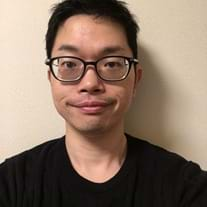
University of Tokyo
CM: For early-career scientists, mentorship is everything, and that’s true even more so in this case. Our mentors—Frank Kirchhoff of the University of Saarland and Haruhiko Bito of the University of Tokyo Graduate School of Medicine—pushed us to broaden our mindsets and step out of our comfort zone to find a unified approach. We’d also like to thank mentors Lawrence Hunter, Sofiya Milman, Mahendra Rao, Ikue Mori, and Meng Wan for helping shape our research idea.
TM: Mentorship is very important, and Interstellar Initiative mentors are prominent researchers who have experience with both obtaining competitive grants and reviewing grants. In the first meeting, we received valuable advice about to make our project more appealing and convincing to grant reviewers.
CM: One of our mentors told us something that I’ve kept in mind throughout this project—she told us to focus on integration, innovation, and impact. That was very helpful.
How can international collaborations help further scientific careers and scientific discovery?
TM: Biology is becoming a “big science” these days, and it is necessary to form a big team of experts to do cutting-edge science. For small countries like Japan, it can be difficult to find experts within the country.
EG: International collaboration isn’t new to most of us, but the way we collaborate in the context of the Interstellar Initiative is very different. Many of us have different professional backgrounds and training, and the concept of collaboration doesn’t have the same meaning for everyone. There are cultures of collaboration that you have to integrate in order to work together, and this is something I may not have experienced if it wasn’t for the Interstellar Initiative. It was a great, eye-opening experience for me.
CM: When you exchange ideas with people from different backgrounds, you never know what could come from the conversation. Sometimes that’s how very interesting scientific ideas come about.
What advice can you offer to young scientists?
CM: Step out of your comfort zone! Don’t be afraid, and don’t hold back when you have opportunities to do things outside of your field or your usual mindset.
EG: There’s always something to learn from people—from peers and mentors, of course, but also from people in earlier stages of their careers. Their perspective might shed light on a different aspect of our own work.
TM: I’d encourage young scientists to apply for the Interstellar Initiative.

